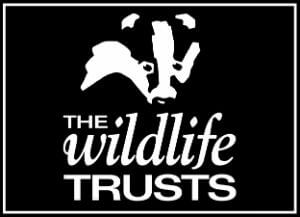New Report Highlights Plight of Hertfordshire’s Wildlife

A new report by Herts and Middlesex Wildlife Trust assesses wildlife decline in Hertfordshire over the last 50 years.
The Hertfordshire’s State of Nature Report assesses over 7,500 different species and how their numbers have changed between 1970 and 2020. Almost one-fifth of the species assessed in the report are threatened with extinction whilst 76 species have been lost from Hertfordshire altogether.
Over 2.8 million species records, held by the Herts Environmental Records Centre, formed the basis of the report’s analysis. Taking inspiration from the national State of Nature report, first published in 2013, this report is the first of its kind to focus in such detail on Hertfordshire. The report looks at both habitats – such as woodlands, grasslands and wetlands – and species to give a clear picture as to how wildlife has changed in the county over the last 50 years.
The report identifies 76 species, three every two years, that have been lost from Hertfordshire entirely. These include the iconic nightingale and beautiful burnt orchids, both victims of habitat loss and changes in habitat management. Wildlife decline and extinction was recorded across all the habitats analysed but this was most severe for grassland and heathland where nearly half of all species analysed had declined.
Dr Tom Day, the Trust’s Head of Living Landscapes and author of the report, says: ‘For the first time, we are able to fully understand how the factors that affect us here in Hertfordshire impact our wildlife. Hertfordshire is a unique county with very specific pressures and problems facing its wild spaces. By looking at these pressures in detail, this report aims to give wildlife conservation in this county a clear direction for years to come.’
Hertfordshire has a special responsibility to the rest of the UK for the conservation of 25 species identified in the report. These species include the black-necked grebe, of which Hertfordshire boasts the only breeding colony in southern England. The pasqueflower, the county flower of Hertfordshire, is also considered to be a special responsibility because it is only found on a handful of sites across the whole country and Therfield Heath, near Royston, has the largest colony of these flowers in the UK.
The report calls for businesses, local authorities, landowners and communities to work together to restore wild places and create new ones so that nature can thrive.
Lesley Davies, Chief Executive at Herts and Middlesex Wildlife Trust, is hopeful: ‘Creating a wilder Hertfordshire should be important for everyone. Nature is a vital part of our physical and mental wellbeing and we will all need to work together to protect our local wild places. While this report makes for unhappy reading in most parts, it is important to remember that we can make more space for wildlife in our day-to-day lives and, if we work in partnership, we can reverse the fortunes of wildlife in the county.’
The report is published in full on the Trust’s website at hertswildlifetrust.org.uk/Stateofnature.
